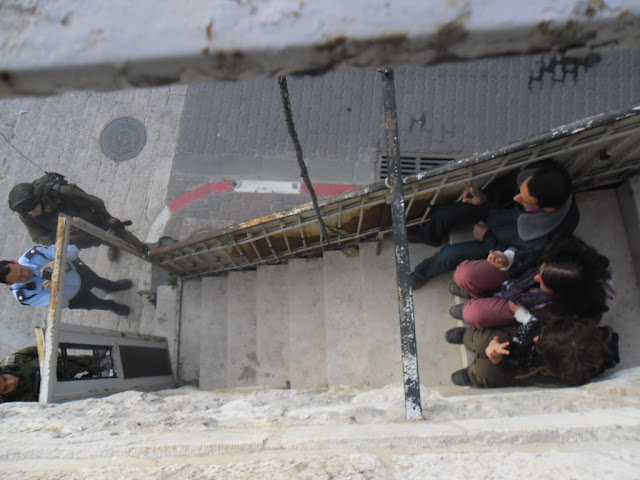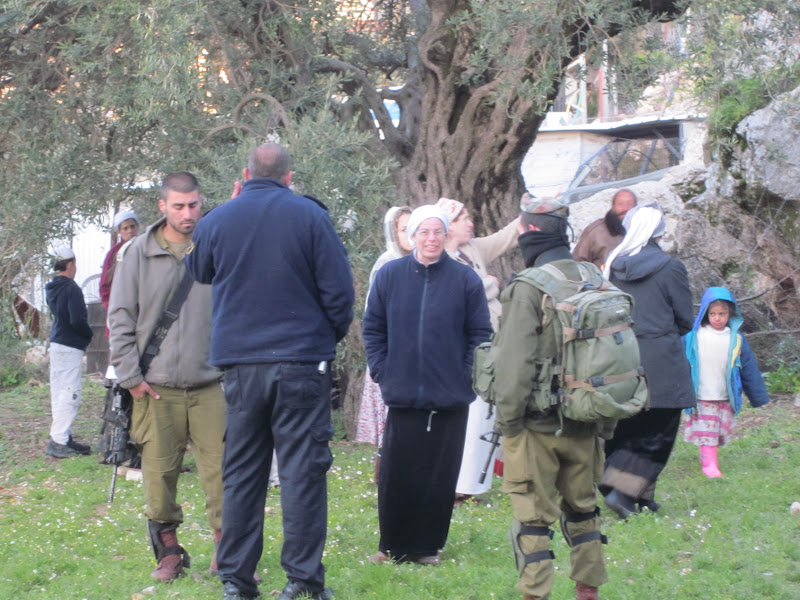Tag: Settlement
-
Israeli Brutality: Violent arrests of Palestinians in Hebron and disappearance of Dutch volunteer
by Paige and Satu 1 April 2012 | International Solidarity Movement, West Bank A Dutch woman and several Palestinians were violently arrested today during an attempt to reclaim a Palestinian house at the entrance of the old city in occupied Al Khalil (Hebron). About 30 Palestinians and international ISM activists from Canada, Finland, United States…
-
Settlers grab Palestinian water springs: U.N. report
by Jihan Abdallah 19 March 2012 | Reuters (Reuters) – Jewish settlers have seized dozens of natural springs in the occupied West Bank, barring Palestinians or limiting their access to scarce water sources, a United Nations report said on Monday. The U.N. Office for the Coordination of Humanitarian Affairs (OCHA) said it had surveyed 530…
-
Settlers Attack Child in Tel Rumeida neighborhood of Al-Khalil
by Joshua 17 March 2012 | International Solidarity Movement, West Bank On Saturday, March 17 2012, illegal settlers in Al-Khalil (Hebron), guarded by Israeli Occupation Forces soldiers, trespassed onto the private property of the Abu Ayesha family and proceeded to attack fifteen year old Said, striking him on his arms. The settlers refused to begin…



